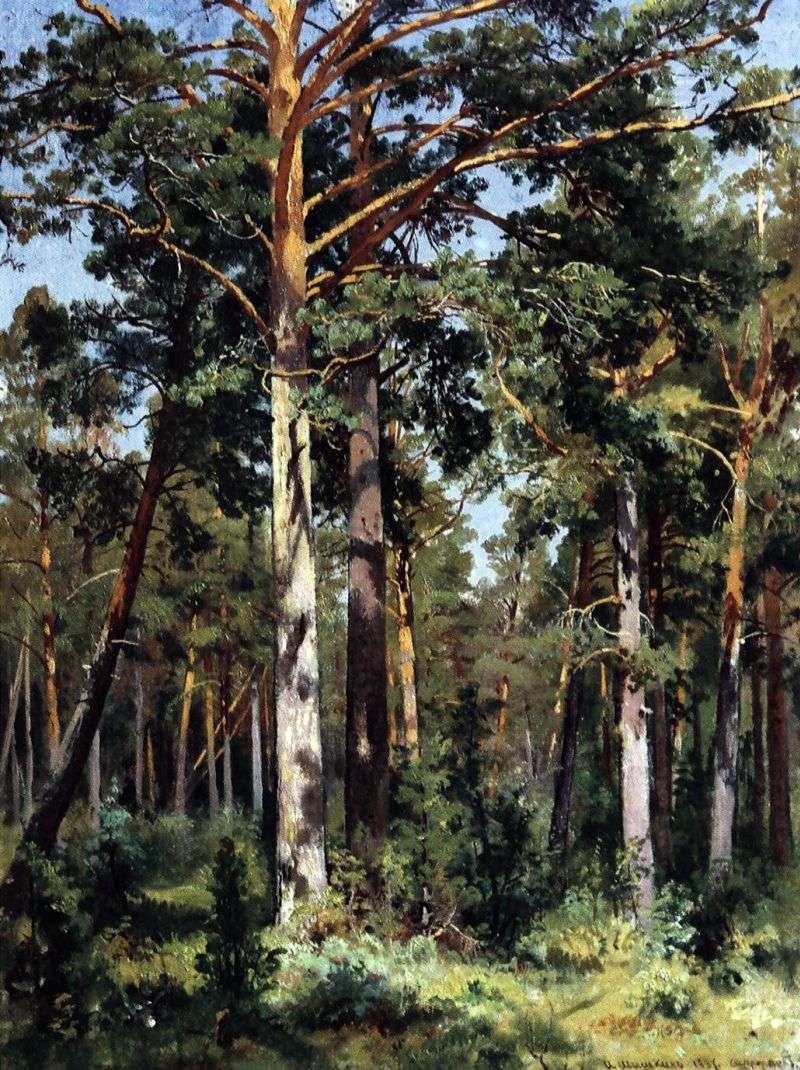
In 1889, I. I. Shishkin creates a landscape of “Bohr in Sestroretsk”, which is currently in the State Historical and Artistic and Natural Museum-Reserve V. D. Polenov in the Tula region.
The picture is expressive and easy. The vertical composition of the canvas gives it epic, active aspiration upwards, volume and fullness with air and breathing life.
The picture is characterized by the lack of detailed drawing, a kind of watercolor sketch of the canvas. Contrast molds the texture of the canvas, thereby organizing the volume and the plane of the given work.
The painting shows massive, unbending, indestructible trees. This is another work that shows the greatness and beauty of Russian nature, sincerity and genuine strength, hidden, but only for a time, that one day break out and fill the surrounding space, saturate it with the sun and warm and lively colors born by nature itself.
The landscape seems to sparkle in a variety of shades, so colorful was the image. The landscape literally “glows” with all sorts of color combinations, reminding a fabulous and bizarre cluster of gems.
Cloth gives rise to warm, positive feelings. This is not just a beautiful, accurately drawn picture – it’s a feeling, a frank emotion, piercing our perception of the truthfulness of the image, in which something more than a flat picture is hidden.
The distribution of light and shadow, and in general, the light and shadow solution, builds a spatio-temporal field of the canvas. The landscape envelops and as if absorbs all our attention, infinitely expanding, overcoming the conditional boundaries of the work of art.
The beauty of Russian nature is amazing and poetic. Its special condition is created for us by a great landscape painter of the 19th century. Strengthening contrasts and color diversity, the artist shows nature in those colors that are in it and which need only be understood and felt in the singing of birds, in a light gust of wind; to perceive and remember as if it were something extremely important for us, for our lives.
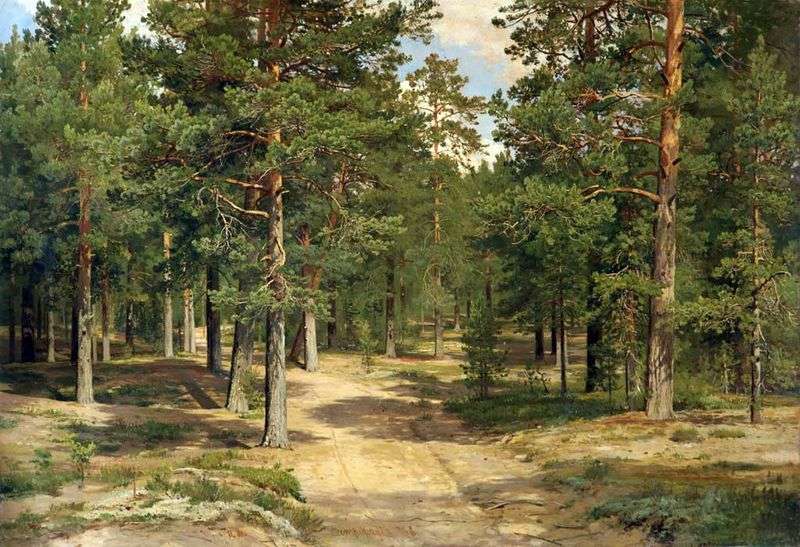 Sestroretsk Bor by Ivan Shishkin
Sestroretsk Bor by Ivan Shishkin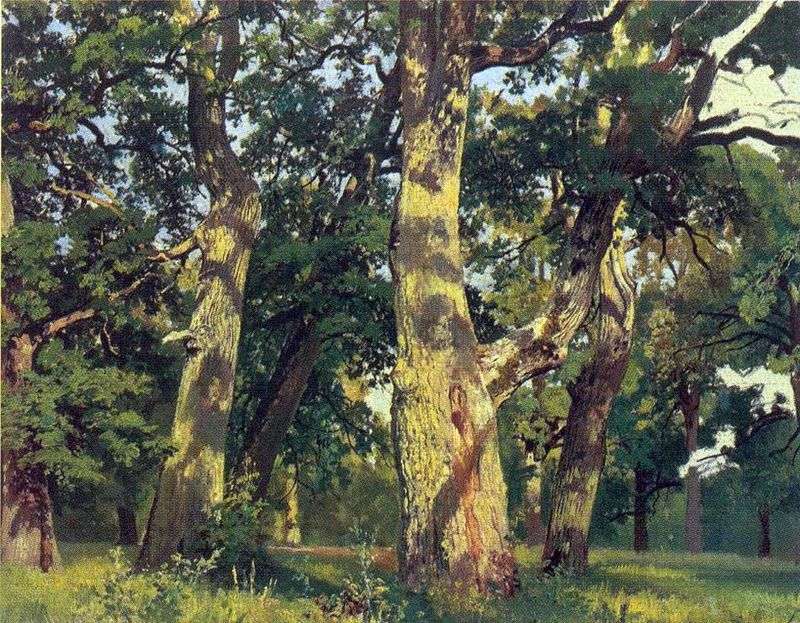 Oaks by Ivan Shishkin
Oaks by Ivan Shishkin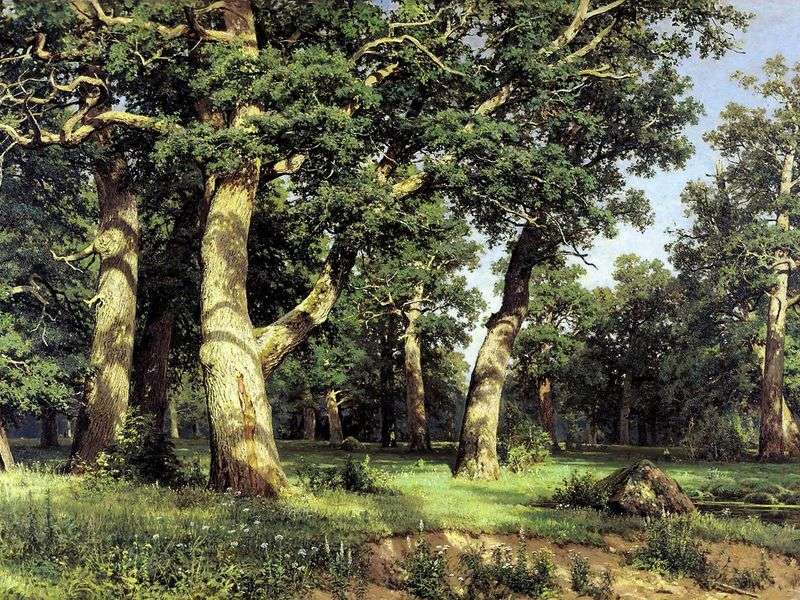 Oak Grove by Ivan Shishkin
Oak Grove by Ivan Shishkin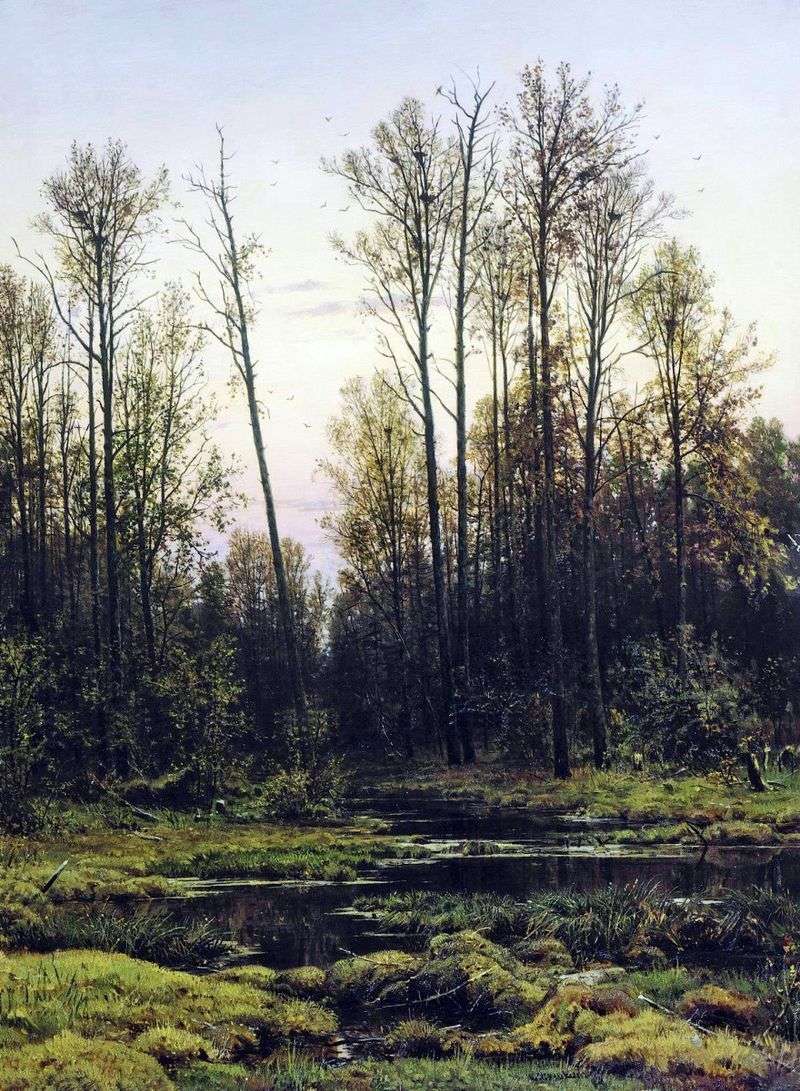 Forest in the spring by Ivan Shishkin
Forest in the spring by Ivan Shishkin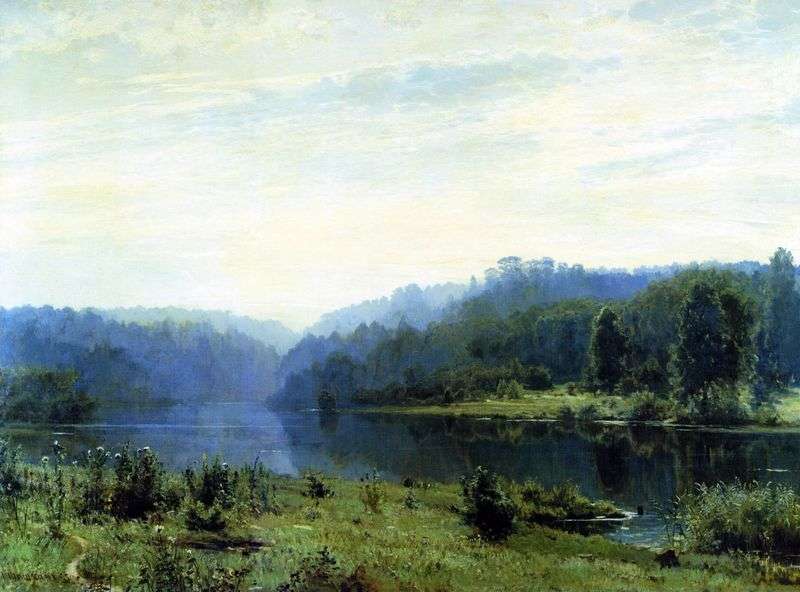 Foggy morning by Ivan Shishkin
Foggy morning by Ivan Shishkin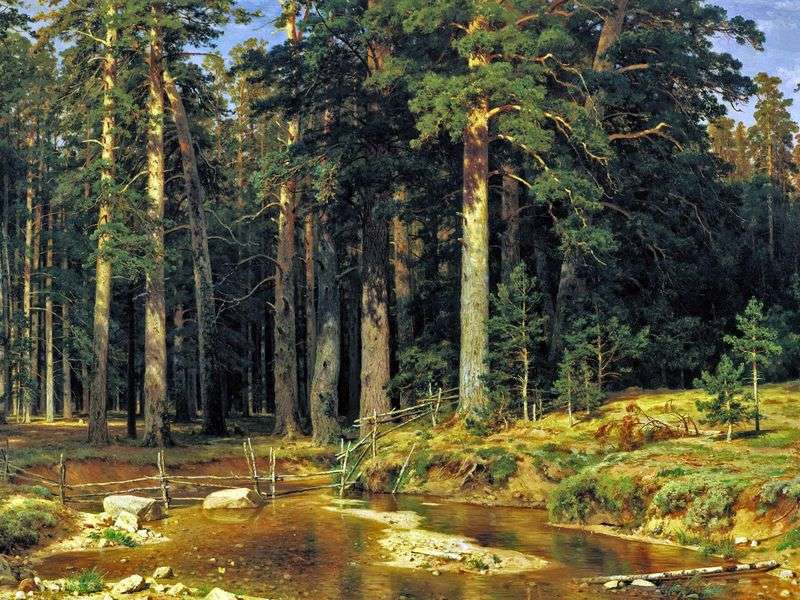 Ship Grove by Ivan Shishkin
Ship Grove by Ivan Shishkin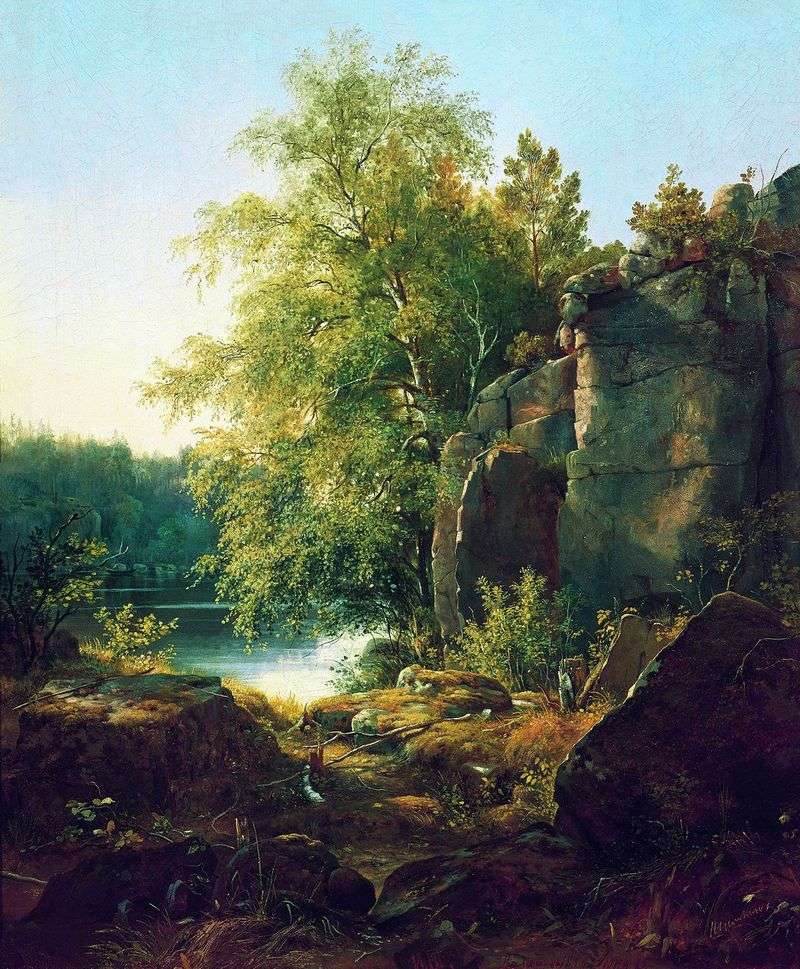 View on the island of Valaam by Ivan Shishkin
View on the island of Valaam by Ivan Shishkin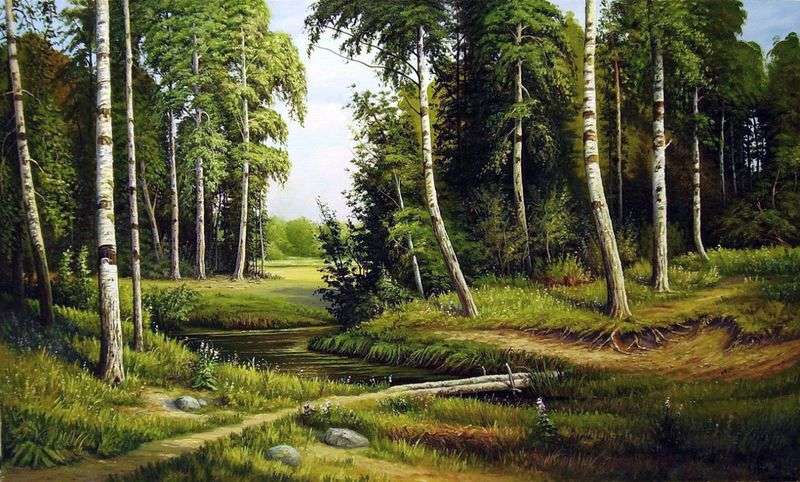 Brook in the birch forest by Ivan Shishkin
Brook in the birch forest by Ivan Shishkin